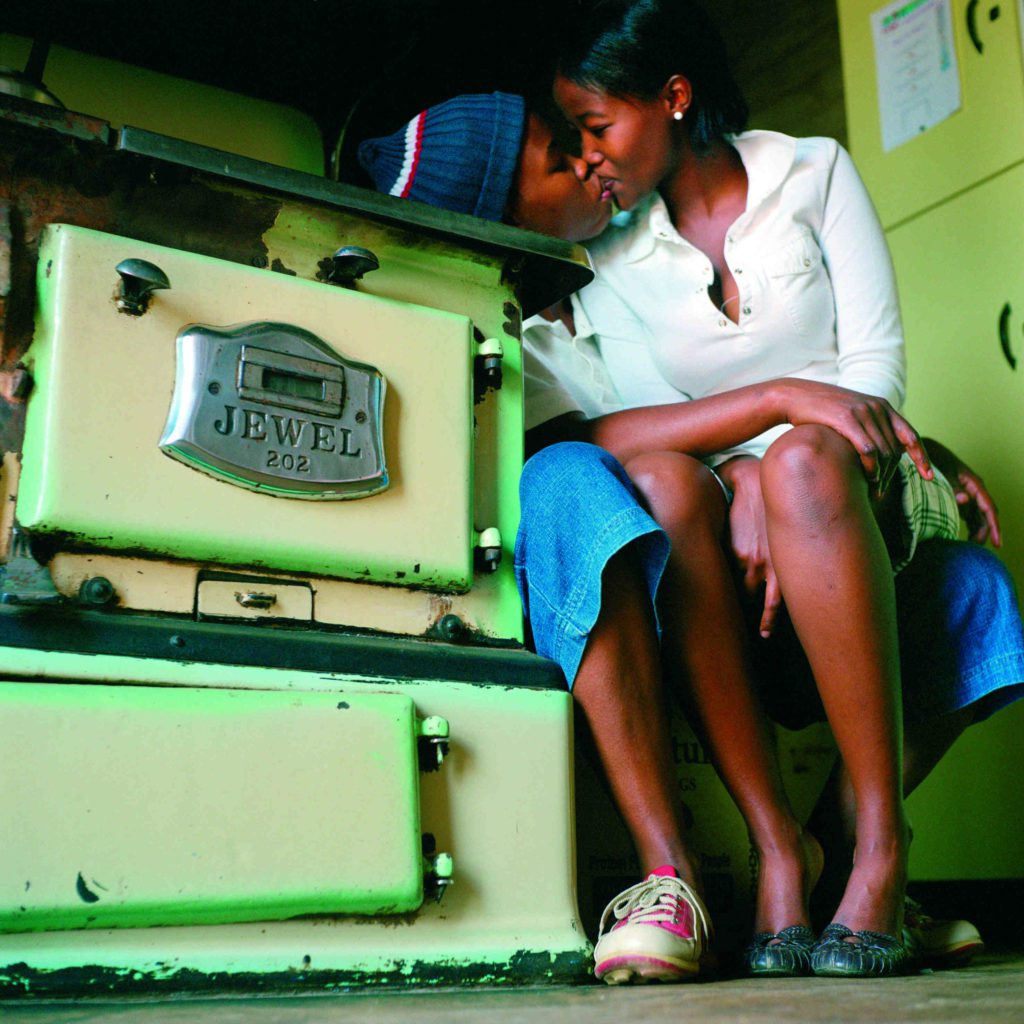At National Museum of Women in the Arts: ‘Women House’
By • May 1, 2018 0 643

In 1972, pioneering feminist artists Judy Chicago and Miriam Schapiro transformed a derelict Hollywood mansion into “Womanhouse,” a network of exhibitions, installations and performances by a vastly underrepresented subculture of American artists: women.
Emerging from a postwar era that marginalized the creative and economic territory of women throughout society, “Womanhouse” forced its audience to reflect on a cultural bias that confined the definition of womanhood both physically and psychologically. Attracting thousands of visitors and national media attention, “Womanhouse” was a turning point for feminist art, the first female-centered art installation in the Western world.
In an exhibition that advances the dialogue begun by “Womanhouse,” the National Museum of Women in the Arts has brought pieces from the original installation together with works by contemporary artists to explore a new generation of womanhood in the 21st century. On view through May 28, “Women House” presents work spanning nearly a century by 36 artists, including Chicago, Schapiro, Louise Bourgeois, Mona Hatoum, Cindy Sherman, Martha Rosler and Claude Cahun.
Entering one gallery, you stand surrounded by what feels like the melted and translucent remains of American homes. Heidi Bucher’s formless latex molds from interior floors and walls from the 1980s are like death masks for domesticity.
At the gallery’s center is Portuguese artist Ana Vieira’s “Ambiente / Sala de Jantar (Environment / Dining Room)” of 1971. A transparent, nylon shell of a dining room with two onion-like layers hangs from the ceiling, each with blue silhouette traces of furniture — china cabinets and mirrors on the outer layer, chairs on the inner. At the center there is a small, immaculately set dining table. From above, faint recordings of dinner table noises rustle like summer wind: brief moments of chatter, the skitter of utensils across porcelain, polite chewing.
The nylon serves to both veil and expose an intimate environment, confining the space while leaving it entirely penetrable. It is dynamic and mercurial, not so much a critique of traditional family lifestyle, but an open meditation on it.
Artists in the Femmes-Maisons section of the exhibition deal more directly, more unforgivingly with the conflicted archetype of women in the home. Sculptures by the genre’s innovator, Louise Bourgeois, portray a severe, formal juxtaposition between the female body and the architecture of the house. In an early marble sculpture from the 1940s, a woman’s body is bisected by a typical four-wall Sears house, like the head and legs of a magician’s assistant sticking out of a box about to be sawn in half.
A sculpture from 2001 is more abrasive and strangely evolutionary. Constructed of what looks like coarse wool, it is a Romanesque sculptural torso, with a small, arced home atop the pelvis. It is worth noting, philosophically and aesthetically, that the house in proportion to the woman’s body is considerably smaller in Bourgeois’s later work.
There is a haunting early example of proto-feminist work from 1932 by Claude Cahun, “Self Portrait (In a Cupboard).” Here the artist photographs herself just as it sounds, in doll’s clothes and bowtie pigtails, her body folded up and dangling from a cupboard shelf with boxes and bottles above. She seems to be napping, strangely peaceful in a posture of terminal futility that suggests: “If this is what you want from me, I acquiesce.”
Across from Cahun and 81 years later, Kirsten Justesen’s “Portrait in Cabinet” responds directly to this pioneering work. Almost identically composed, Justesen’s self-portrait places her amid an austere but carefully curated arrangement of sculptural figurines and a teapot. While vague enough and surely laced with historical allusions, the piece in this exhibition serves primarily to show the evolving attitudes and expectations of women in the arts. Justesen is confident, avant-garde, her physical posture and direct claim to history suggesting a casual intellectual confidence typically adopted by men.
A selection of Cindy Sherman’s legendary “Untitled Film Stills” serves as a bridge between the necessarily aggressive second-wave feminism of the 1960s and ’70s and our modern era, where women have emerged on the mainstage of artistic innovation but still find themselves struggling with deep cultural undercurrents of bias and systemic suppression.
One takeaway from the exhibition is, strangely, relief. It is a relief to see that we really have grown as a society since the debut of “Womanhouse.” While serving a direly necessary purpose in their time, the thinly veiled, blunt-force allusions of Chicago’s and Schapiro’s work are no longer needed in the same way. The staggering impact of the Women’s March and the #MeToo movement shows that their foundational efforts were not in vain.
The conversation today is more nuanced, more diverse and sophisticated. In “Women House,” we find ourselves at a thrilling historical juncture. This is no longer the era of Martha Rosler’s “Body Beautiful” series or “Semiotics of the Kitchen” from the 1970s, and that’s a good thing.
Today we have works like Zanele Muholi’s photograph of a young, black, lesbian couple in Johannesburg, kissing sweetly and without fear. We have Laure Tixier’s “Plaid Houses (Maquettes),” wool sculptures of houses that explore the definition of “home” across the globe. These works take us places boldly, with a variety of interpretations and, most important, a sense of each artist’s individuality.
We don’t refer to Van Gogh as a male artist. It’s time we stop referring to Louise Bourgeois as a female artist.

